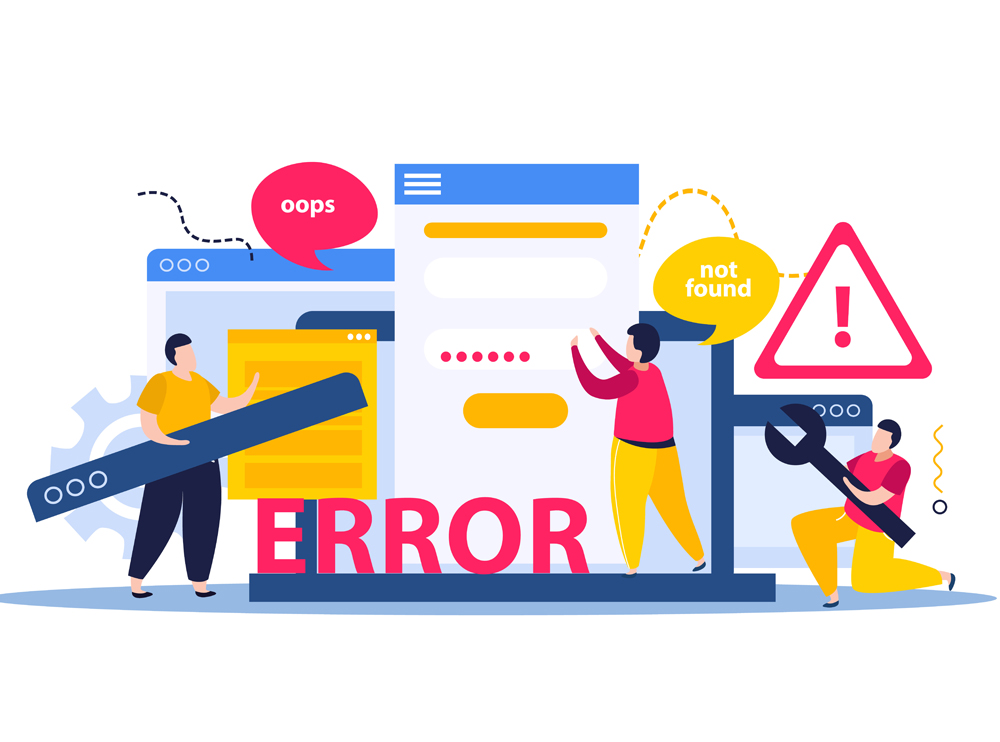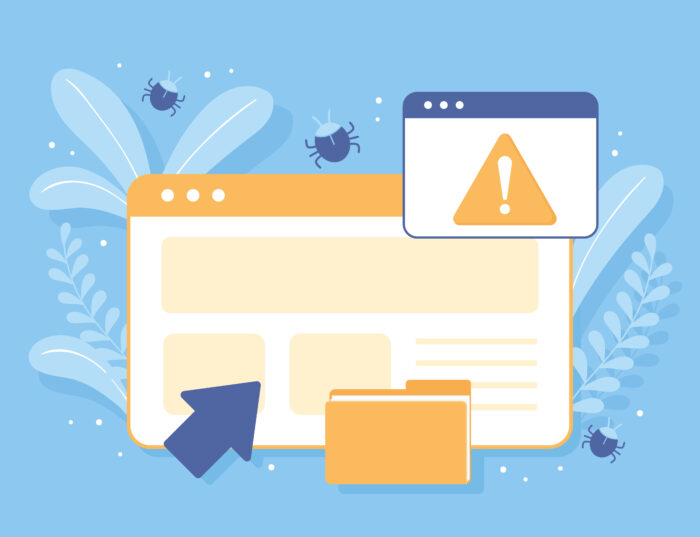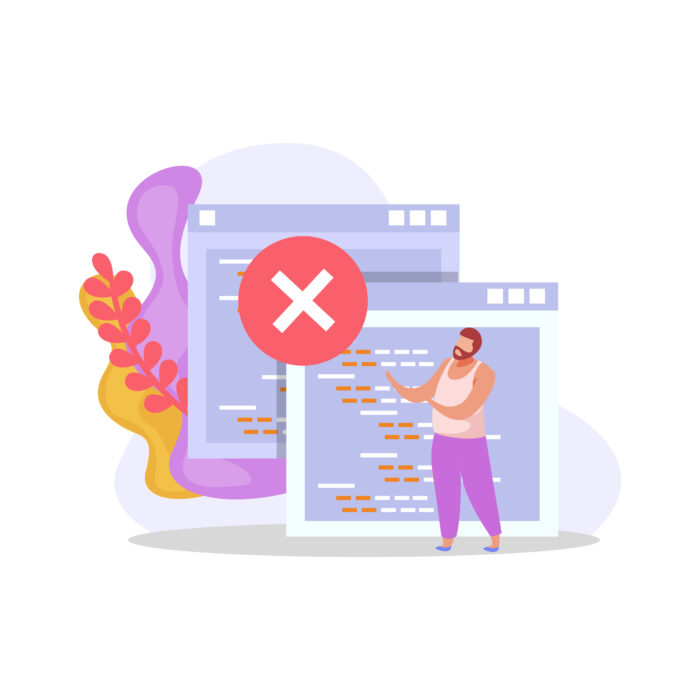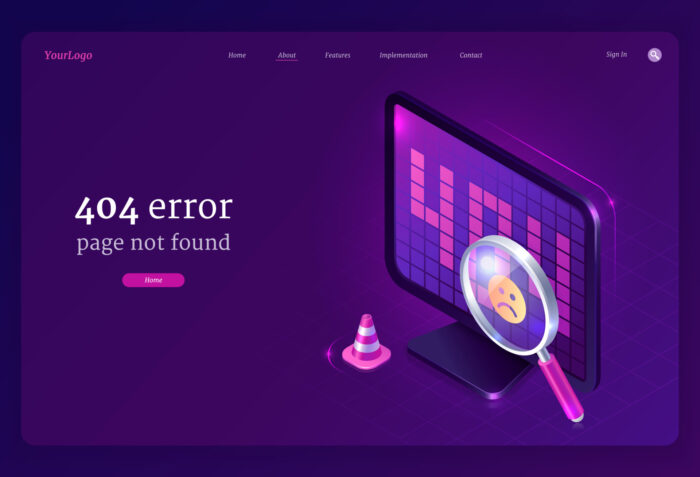
Finding the ideal mix between looks and usefulness is crucial when developing a website. The user experience can be hampered and the success of a website as a whole might be negatively impacted by the frequent mistakes that many web designers make. We’ll look at a few of these web design blunders in this article and offer workable fixes. You can build websites that engage consumers, drive conversions, and leave a great impression by avoiding these traps.
Ineffective navigation is one of the most serious web design errors. Users are likely to abandon the website in frustration if they can’t quickly discover what they’re looking for. Make sure your navigation is easy to understand, accessible from any page, and clear to avoid this. For greater convenience, use clear labelling, well-organised menus, and think about adding a search bar. Test your navigation frequently to find and fix any potential problems.
Visitors are overwhelmed by a busy layout, which takes away from the message you want to get over. Don’t stuff your pages with too much text, imagery, or other content. Instead, value white space and uphold a tidy, orderly design. Streamline your writing, utilise appropriate margins, and concentrate on the crucial components that advance the objectives of your website. As you create websites, keep in mind that simplicity and aesthetic hierarchy are essential.

Having a mobile-responsive website is now crucial given the rise in popularity of mobile devices. If your website isn’t mobile-friendly, it could result in a bad user experience, increased bounce rates, and poorer search engine ranks. Make sure your website is totally responsive and can adjust to various screen widths without any issues. To ensure that every user has a consistent experience, test your website on a variety of devices and employ responsive design frameworks.
Users need speedy page loads in the hectic digital world of today. Visitors become frustrated with slow loading times, which increases bounce rates. Reduce the size of your website’s files, make use of browser caching, and optimise your code to improve performance. Utilise content delivery networks (CDNs) to serve your website more quickly and compress images without sacrificing quality. To guarantee a quick and easy user experience, regularly check and improve the loading speed of your website.

Without distinct and appealing calls-to-action (CTAs), a website loses out on important conversion chances. Keep CTAs specific and make them stand out visually. Use language that is focused on taking the desired action and communicating it effectively. Make sure CTAs are noticeable by using contrasting hues and thoughtful placement. Whether it’s making a purchase, signing up for a subscription, or contacting you for more information, a good CTA directs people to the desired objective.
Individuals with impairments may not be able to access or interact with your website if web accessibility is not given priority. Make sure your design complies with accessibility standards by having alternative language for images, appropriate headings, and adequate colour contrast. Implement keyboard shortcuts and make sure screen readers can use it. By opening up your website to everyone, you increase the number of people who can access it and give each visitor a satisfying experience.

It’s crucial to steer clear of typical web design blunders when developing successful, memorable websites. You may improve the user experience of your website and raise its efficacy in attaining goals by fixing navigational issues, cleaning up your layout, optimising for mobile responsiveness, strengthening CTAs, and placing an emphasis on accessibility. You should constantly evaluate and improve your design based on user input and changing industry standards because web design is an ongoing process.
You can make sure that your website not only attracts visitors’ interest but also gives them a flawless and pleasurable browsing experience by taking the time to address these common issues and put the proposed solutions into practise. Keep in mind that a well-designed website is a potent weapon that may make an impact on users, foster trust, and increase conversions.
Therefore, be sure to avoid these web design errors whether you’re developing a new website or redesigning an existing one. Aim for easy-to-use navigation, a tidy, organised layout, responsiveness on mobile devices, a quick loading time, compelling CTAs, and accessibility. By doing this, you’ll be well on your way to developing a website that enthrals your visitors and aids in the success of your company in the digital sphere.
Continue your education, keep up with current design trends, and place a priority on user-centric design principles at all times. Because your website is a representation of your brand, put the necessary time and attention into creating an outstanding online presence that will make an impact on your visitors long after they leave.
We would love to work with you on your next project or breathe new life into an existing one. Speak to our experts today!
Contact us